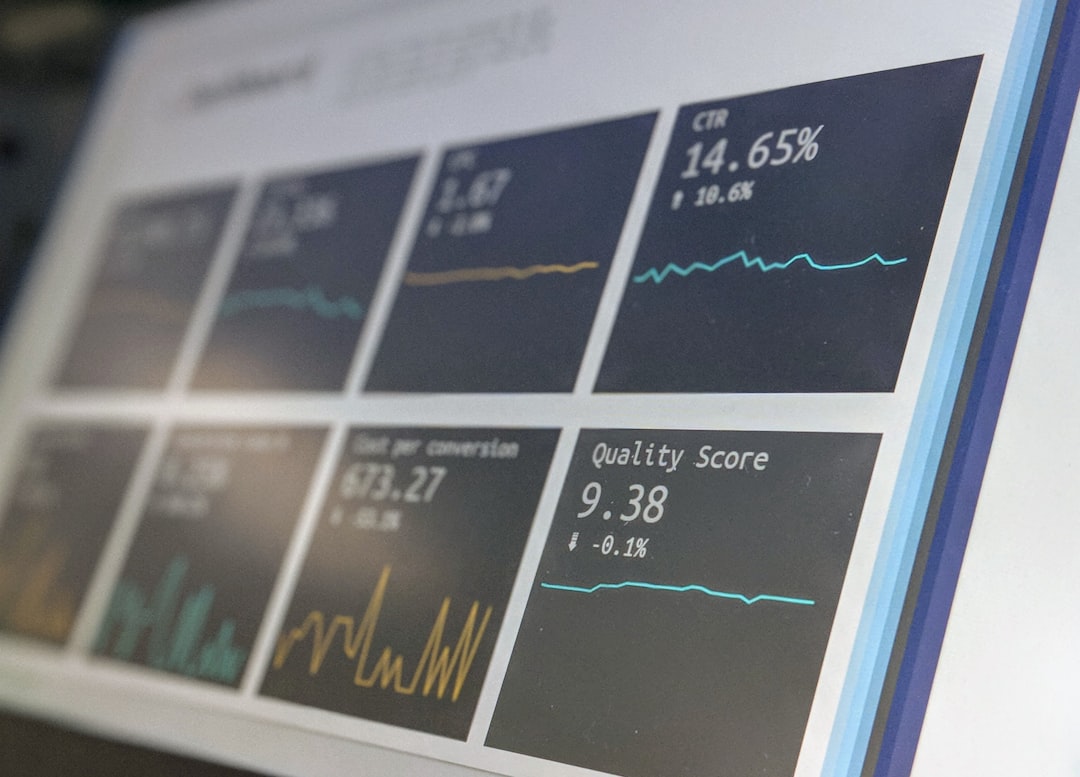
Best Practices for Financial Management in Economic Services
### Introduction. Effective financial management is crucial for the success of economic services organizations, whether they are startups, non-profits, or established businesses. A sound financial strategy not only ensures the sustainability of operations but also fosters growth and enables innovation. In this blog post, we will explore best practices in financial management that can help organizations maximize their potential while navigating the complexities of the economic landscape. ### Understanding the Financial Landscape. Before implementing financial management practices, it's essential to understand the broader financial landscape in which an organization operates. This includes grasping key economic indicators, industry trends, and potential challenges. Economic services range from consulting and advisory firms to fintech companies. A strong grasp of macroeconomic factors such as inflation rates, interest rates, and employment levels helps organizations adjust their strategies accordingly. Monitoring these indicators can provide foresight into economic downturns or booms, allowing businesses to adapt quickly and efficiently. For instance, during a recession, organizations might prioritize cost-cutting measures or pivot their offerings to suit changing client needs. ### Building a Robust Financial Plan. A robust financial plan lays the foundation for successful financial management. It should encompass budgeting, forecasting, and financial analysis. **Budgeting:** A well-structured budget enables organizations to allocate resources effectively. Start with a comprehensive analysis of fixed and variable costs. Understand where funds are being spent and identify areas for potential savings. Ensure the budget aligns with long-term goals and promotes the growth of economic services. **Forecasting:** Bring predictive analytics into play to make informed decisions. Use historical data and patterns to forecast revenues and expenses. Regularly revise forecasts to reflect changing market conditions and performance metrics. **Financial Analysis:** Continuously conduct financial performance analysis to identify trends and anomalies. Key performance indicators (KPIs) like cash flow, profit margins, and return on investment (ROI) help assess overall health and inform strategic decisions. ### Diversifying Revenue Streams. Relying on a single revenue source can be risky for economic services businesses. Diversifying revenue streams can stabilize finances and provide new opportunities for growth. Explore different services, both complementary and supplementary, that align with your organization's vision. For example, if your organization primarily offers advisory services, consider incorporating training services or online courses that address emerging economic challenges. This not only maximizes existing resources but opens up additional channels for generating income. Additionally, acquiring complementary businesses or forming strategic alliances can lead to cross-selling opportunities and increased market share. ### Implementing Financial Technology Solutions. In today’s digital age, leveraging financial technology (fintech) solutions can streamline operations and reduce costs. Investing in software for accounting, invoicing, and cash flow management enhances precision and saves valuable time. Utilizing cloud-based accounting platforms allows for real-time tracking of financial data, better collaboration among teams, and instant accessibility from any location. Finally, consider automation for repetitive tasks like invoicing and expense tracking to minimize human error and bolster efficiency. ### Monitoring Compliance and Risk Management. Next, monitoring compliance with regulations and managing risks are integral to financial management. Economic services organizations must comply with financial regulations, employment laws, tax obligations, and industry standards. Failing to comply can lead to legal repercussions and financial losses. Establish internal controls and conduct regular audits to ensure processes adhere to required standards. Additionally, proactively identify potential risks—financial, operational, or market-related—and develop contingency plans. For instance, establishing an emergency fund can provide a financial safety net during unexpected downturns. ### Fostering a Financially Savvy Culture. Creating a financially savvy organizational culture is vital for long-term success. Encourage all employees, from top leadership to entry-level staff, to understand and engage with the financial aspects of the business. Train staff on financial concepts such as budgets, cash flow management, and financial reporting. Tools like workshops, online courses, and regular team sessions can enhance financial literacy. When employees are financially knowledgeable, they can contribute to better decision-making and align their efforts with overall organizational goals. ### Conclusion. Adopting best practices for financial management is essential for economic services organizations looking to thrive and adapt in a dynamic economic landscape. From building strong financial plans to leveraging technology and fostering a culture of financial literacy, there are multiple strategies that can enhance overall financial health. By staying informed about the ever-changing financial landscape and implementing these practices, organizations can position themselves for success in their economic endeavors. .








